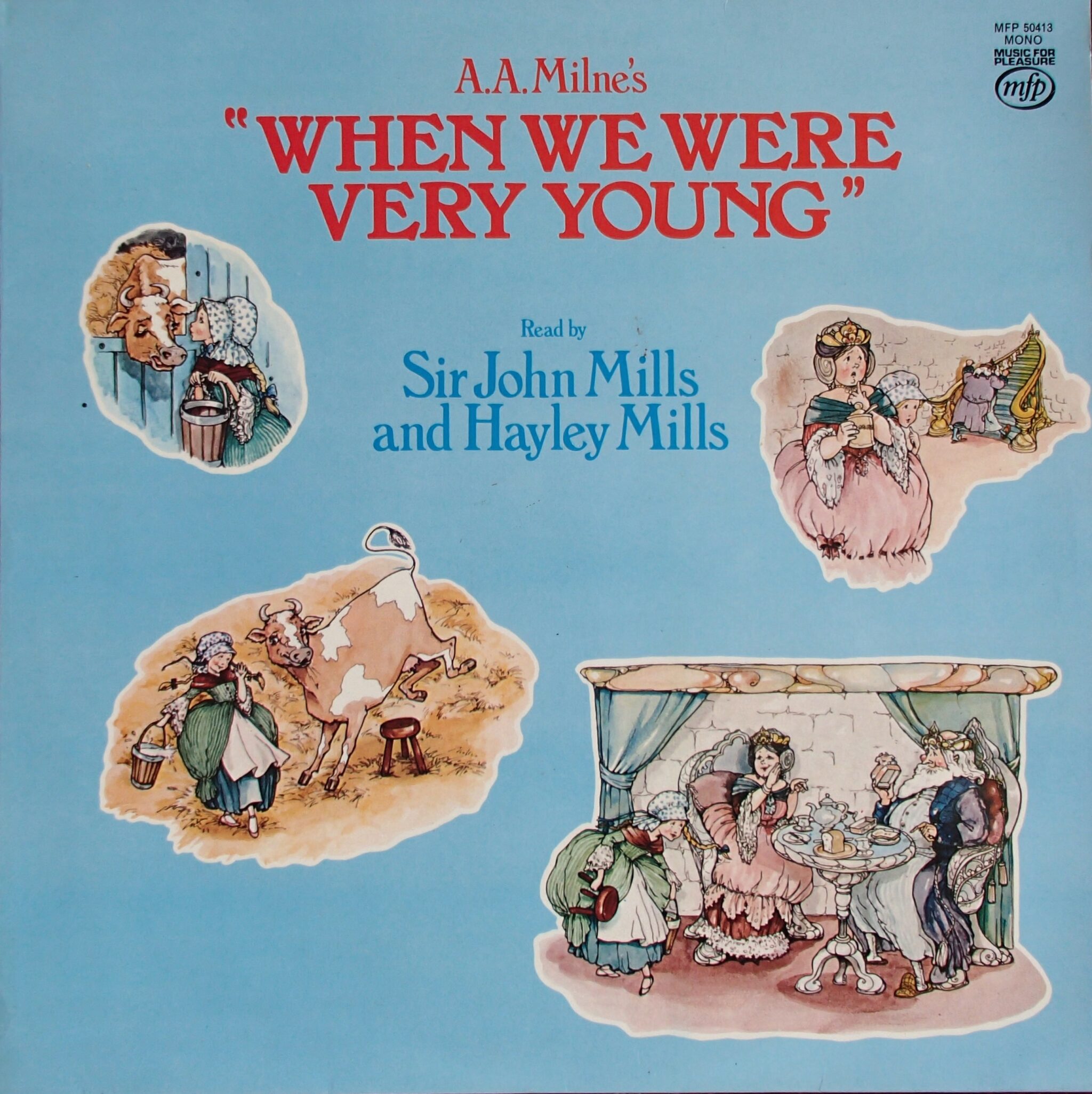
Milne’s son, Christopher Robin, followed in his father’s footsteps, attending Trinity in 1939. It is at Cambridge that Milne met fellow writer Arthur Conan Doyle – the two were cricket companions on the amateur team Authors XI.

Before graduating in 1903, he had ingrained himself in Cambridge’s social life, getting involved in football and cricket and writing regularly for the student paper Granta. Over two decades before Pooh’s birth, Milne was a young Mathematics student at Trinity College.

Winnie the Pooh first appeared in the poetry collection When We Were Young (1924), but it wasn’t long before he was given his own eponymous publication in 1926. Milne, born 1882, was a well-respected playwriter and contributor to Punch magazine before he created our favourite fluffed friend. “To both glee and grief from the public, one such incarnation is that of a murderous slasher”Ī. With Waterfield’s flick out now in the UK, I wanted to take the opportunity to explore the roots of Milne’s (bloodless) original story and encourage more people to do the same. To both glee and grief from the public, one such incarnation is that of a murderous slasher in the Rhys-Frake Waterfield picture Winnie the Pooh: Blood and Honey.

With Pooh-Bear and his friends becoming public domain at the beginning of 2022, we can expect to see them around more frequently in whatever incarnations artists decide upon. Milne first introduced us to the hundred-acre wood, the image of his most famous character is more iconic than ever.


 0 kommentar(er)
0 kommentar(er)
